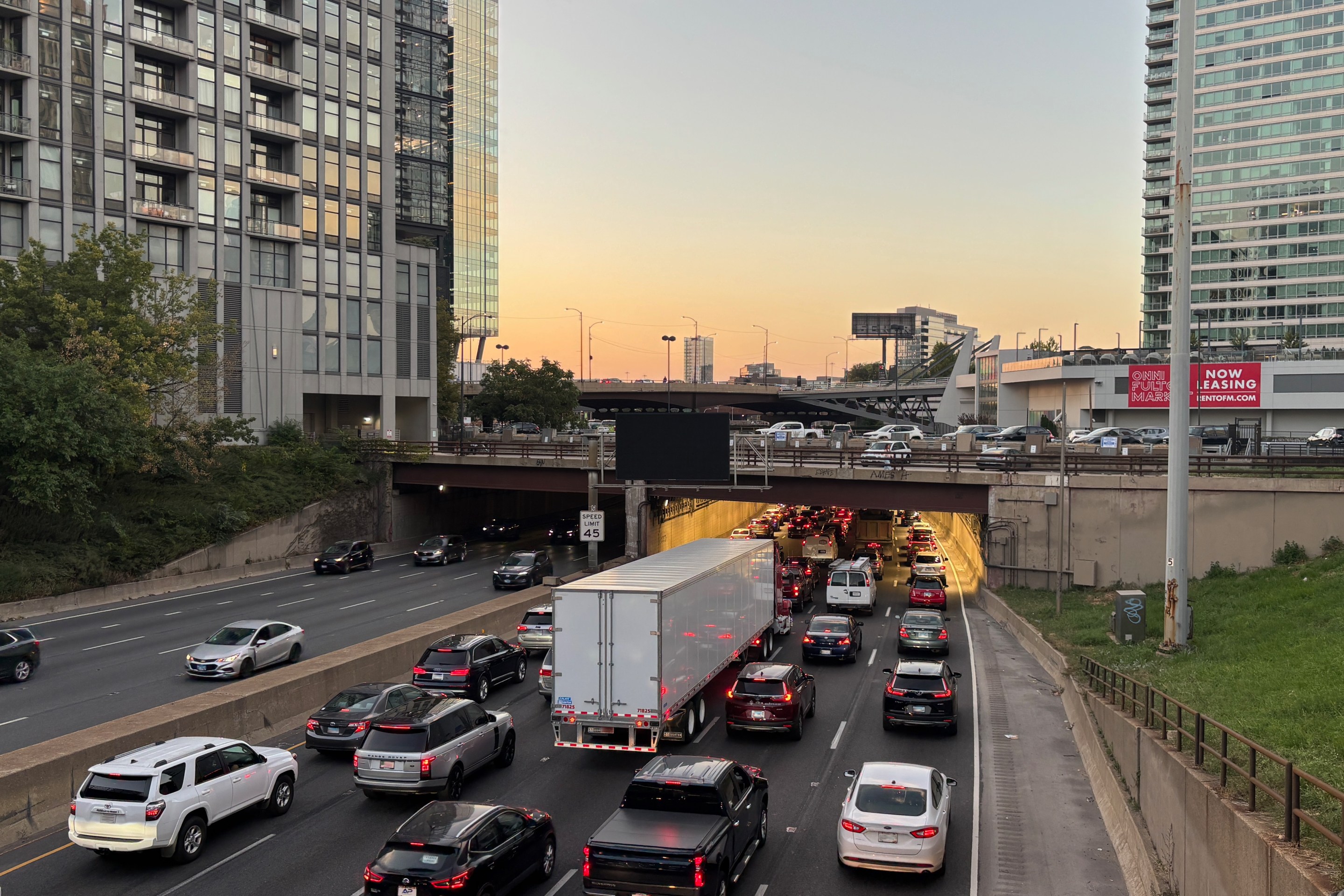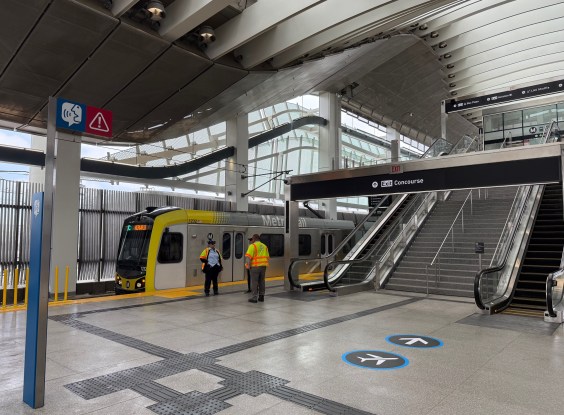Ten days ago, four-year-old Zain Ali Hussain was killed near Houston when a neighbor backed his pickup truck over him. At least 50 times a week, people back their cars over kids in the U.S. On average, two of those 50 incidents are fatal. But you won’t see them represented in official crash statistics.

Every year, the National Highway Traffic Safety Administration issues a grim summation of the death toll on American roads: 33,561 killed in 2012. The year before that: 32,479. The year before that: 32,999. But this statistic leaves out many fatalities caused by cars and drivers. And the victims it undercounts the most are pedestrians and cyclists -- and children.
NHTSA does track these other deaths, but it categorizes them differently. The agency recently released its “Not-in-Traffic Surveillance” numbers from 2008 to 2011 [PDF] -- which measures injuries and deaths in “nontraffic motor vehicle crashes” off public roadways. The agency explains:
These crashes... are mostly single-vehicle crashes on private roads, two-vehicle crashes in parking facilities, or collisions with pedestrians on driveways. Then there are also noncrash incidents such as a vehicle falling on a person underneath or unintentional carbon monoxide poisoning.
So, add to the 37,261 people killed in traffic in 2008 another 1,605 killed in "nontraffic." Between 2008 and 2011, there were 6,483 such deaths and 91,000 such injuries. About 39 percent of the people killed in these incidents weren’t in cars.
Children like Zain account for a disproportionate share of "nontraffic" fatalities. (NHTSA put out a separate report [PDF] on children involved in nontraffic crashes.) Between 2008 and 2011, 13 percent of the victims were 4 or younger, while kids that young account for about 3.5 percent of the overall population. Almost half the children who die in these kinds of incidents are killed by drivers backing up over them. Three percent are killed by rollaway vehicles that no one is driving. Of all children injured in “nontraffic” crashes, 60 percent are not in a car at the time.
NHTSA didn’t collect information on these crashes until 2007, and the agency still doesn’t include them in its annual traffic fatality reporting. The National Safety Council does, however, which helps explain why the NSC’s numbers are always higher than NHTSA’s. The NSC also considers a death to be traffic-related if it occurs within 12 months of the crash; NHTSA’s window is only 30 days.





